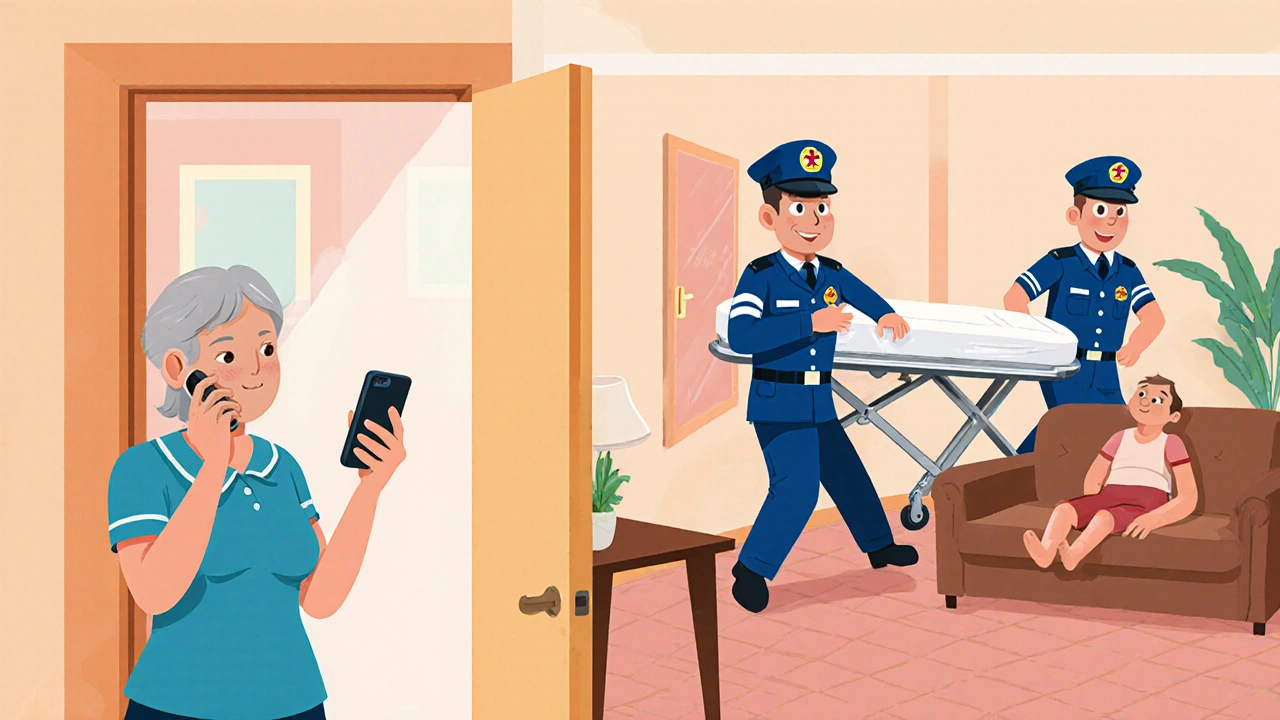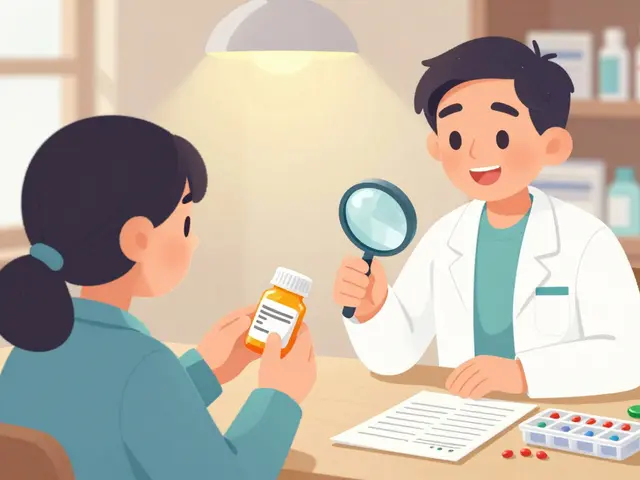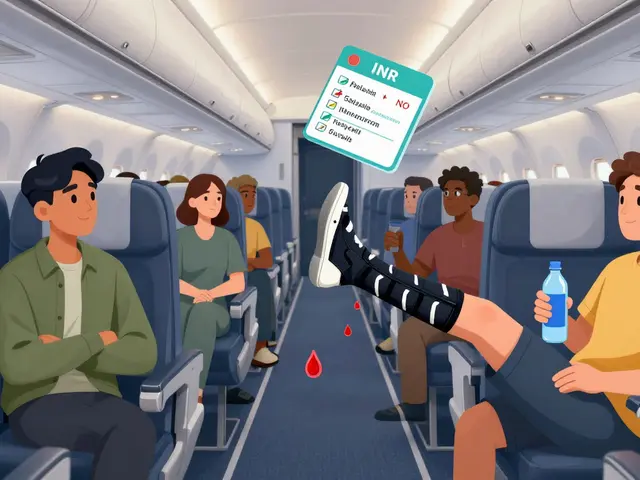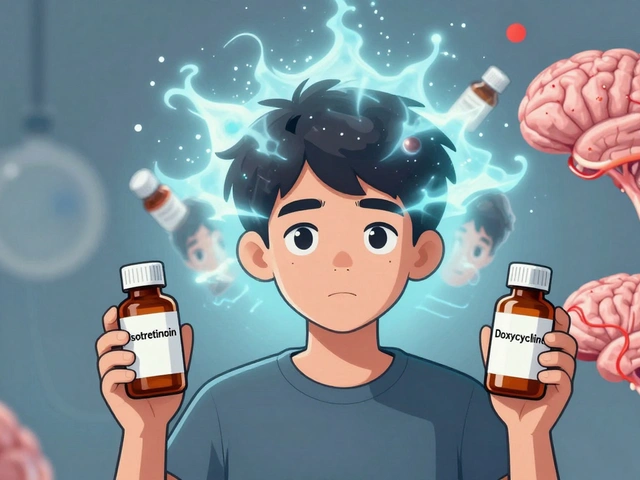Help Loved One TIA: What to Do, What to Watch For, and How to Prevent Another
When someone you care about has a transient ischemic attack, a temporary blockage of blood flow to the brain that mimics stroke symptoms but doesn’t cause lasting damage. Also known as a mini-stroke, it’s a warning sign that a full stroke could happen soon—often within days. This isn’t something to ignore. Nearly 1 in 3 people who have a TIA will eventually have a stroke, and half of those happen within a year. If you’re reading this, you’re probably worried about someone close to you—maybe they had sudden weakness, slurred speech, or vision trouble that went away. That’s not luck. That’s a red flag.
Helping a loved one after a TIA means knowing what to look for and how to respond. The key signs are sudden numbness or weakness on one side of the face, arm, or leg; confusion or trouble speaking; trouble seeing in one or both eyes; dizziness or loss of balance; and a sudden, severe headache with no clear cause. These don’t last long—usually under an hour—but that doesn’t make them less dangerous. In fact, the faster you act, the better the chance of stopping a major stroke before it starts. Calling 911 right away is the only safe move. Don’t wait to see if it gets better. Don’t drive them yourself. Emergency teams have tools and protocols that can prevent irreversible damage.
After the immediate crisis, the real work begins: preventing the next one. That means managing high blood pressure, diabetes, or atrial fibrillation—conditions that often hide until they cause trouble. Quitting smoking, cutting back on salt, getting regular movement, and sticking to prescribed meds like aspirin or blood thinners can cut stroke risk by more than half. It’s not about perfection. It’s about consistency. Many families don’t realize how much daily habits matter. A walk after dinner, checking blood pressure twice a week, or setting pill reminders can make all the difference. And yes, it’s okay to ask for help. Support groups, home health visits, and even simple check-ins from neighbors can ease the burden.
You’re not alone in this. Thousands of caregivers are doing the same thing—learning the signs, tracking medications, watching for changes. The posts below give you real, practical advice on what to do next. You’ll find clear guides on recognizing early warning signs, managing medications safely after a TIA, understanding how conditions like high cholesterol or diabetes play into stroke risk, and how to talk to doctors without feeling overwhelmed. These aren’t theory pieces. They’re written by people who’ve been there, and they focus on what actually works in everyday life.
A practical guide for caregivers on how to support a loved one after a transient ischemic attack, covering emergency steps, medication, home safety, lifestyle changes, and long-term resources.






